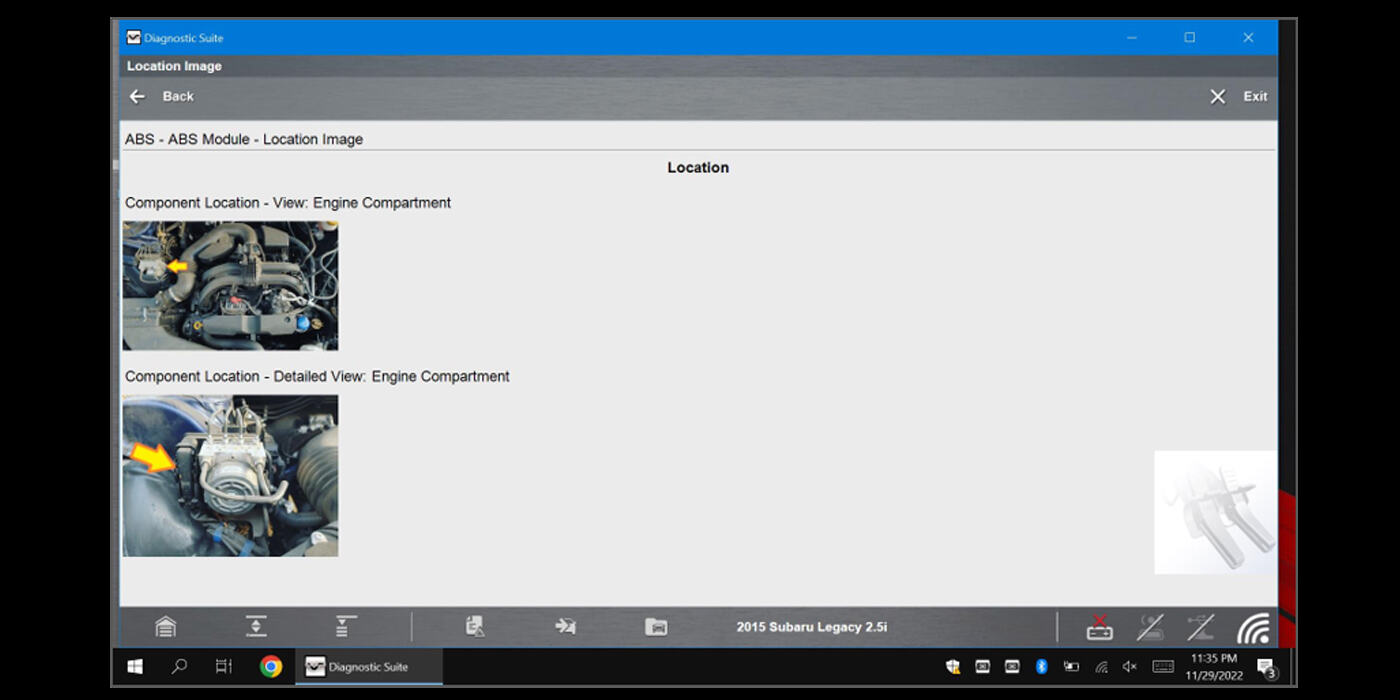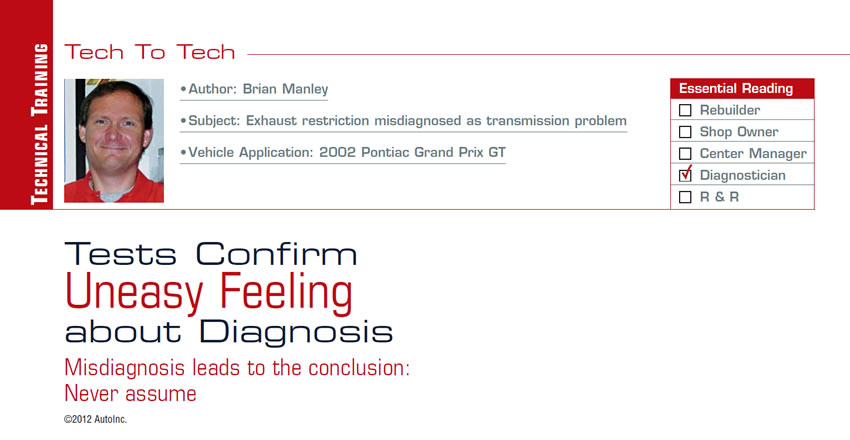
Tech to Tech
- Subject: Exhaust restriction misdiagnosed as transmission problem
- Vehicle Application: 2002 Pontiac Grand Prix GT
- Essential Reading: Diagnostician
- Author: Brian Manley
Misdiagnosis leads to the conclusion: Never assume
When was the last time you had a customer bring you their vehicle – along with a part – and ask you to install it? On occasion, I have a customer ask me to do just that, and it is often large, used and costly to purchase new – such as an engine, transmission or differential. This was the case recently when my friend Jim had his 2002 Pontiac Grand Prix GT towed to our shop; he also had a used automatic transaxle delivered from a local, reputable used-parts supplier.
“It has already been diagnosed,” Jim told me, and he asked me to “just swap out the transmission.” I don’t know what goes through your mind when a customer tells you this, but I got an uneasy feeling, a feeling that begged my response: “Who diagnosed this?” He gave me the name of a shop I wasn’t familiar with. Jim was in a hurry, so I told him, “I’ll check it out and give you a call.”
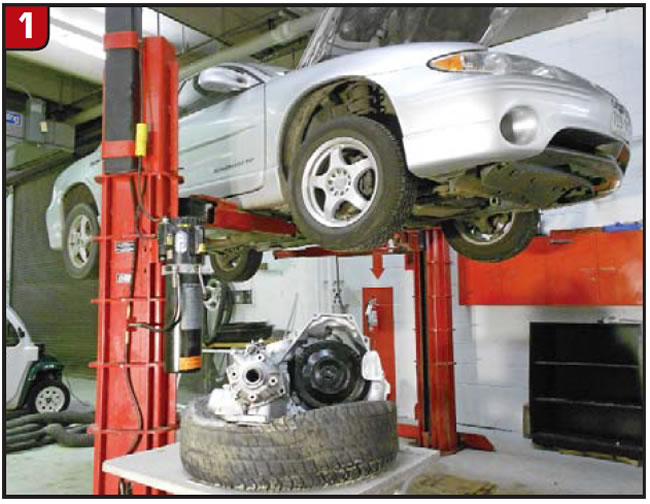
I started the Pontiac and listened to it as I shifted slowly through the gears, and it seemed to engage. The fluid did not smell burnt, nor was it low, so I hopped into the GT and took it around the lot – and it seemed to pull fairly well. Then I felt brave enough to attempt a spin around the block. My seat-of-the-pants diagnosis was not transmission but engine performance. The engine felt like it had a misfire, the “Service Engine Soon (SES)” lamp was on and it seemed to simply have a severe lack of power.
I plugged in my scanner and pulled a P0304: Cylinder No. 4 misfire, along with a high number on the misfire counter for that cylinder. After 98,000 miles of faithful service, this poor engine looked as though it was still running on its original plugs and wires, so I ordered and installed a set of both, smoothing out the 3.4-liter power plant. The engine ran smoothly, and the SES lamp remained off; however, there was still a significant lack of power.
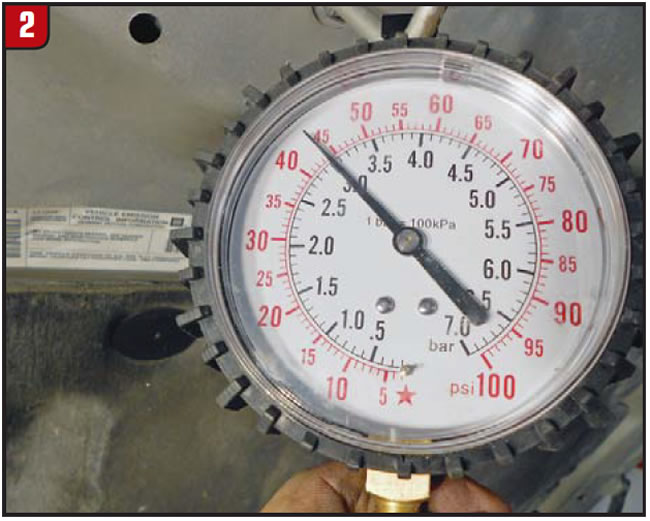
At this point I decided to scrutinize scan data, check fuel pressure and test intake-manifold vacuum. I found no significant anomalies with the data stream, and the fuel-pressure gauge showed 44 psi, but the vacuum gauge revealed a possible root cause. With the engine idling, the gauge showed 17 inches of vacuum, but when I held the throttle at 2,500 rpm, the vacuum dropped well below 10 inches – much lower than it should show for an engine that is breathing normally. At this point, it was time for an exhaust-backpressure test.
I removed the oxygen sensor and installed my vacuum/pressure gauge, confirming what the engine vacuum test had shown: 6 psi of backpressure and a plugged exhaust system!
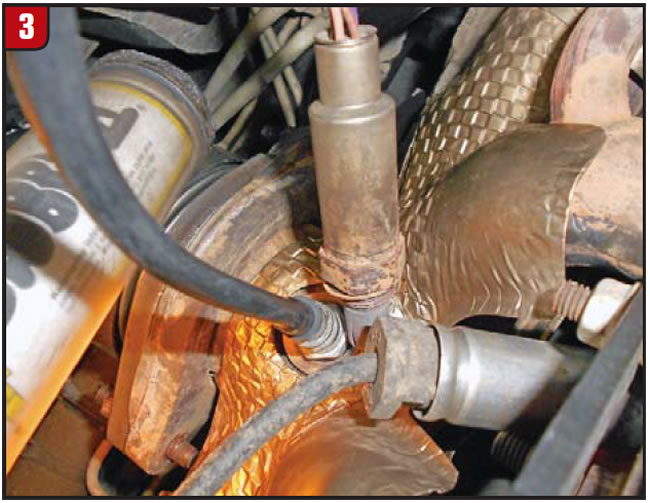
I phoned Jim to tell him I had discovered an exhaust restriction that was not allowing his exhaust to escape, explaining that this is similar to us trying to take a deep breath, exhaling through pursed lips, and then trying to run; it is not efficient and it leads to a severe lack of power. I explained that the engine misfire probably led to the overheating of his converter, and we would remove his converter to visually confirm that the restriction was indeed in the substrate.

“What about the transmission?” Jim asked. I told him to call the salvage yard to ask what their return policy was. Jim was surprised that our diagnosis took his transmission completely off the suspect list but trusted our diagnosis.
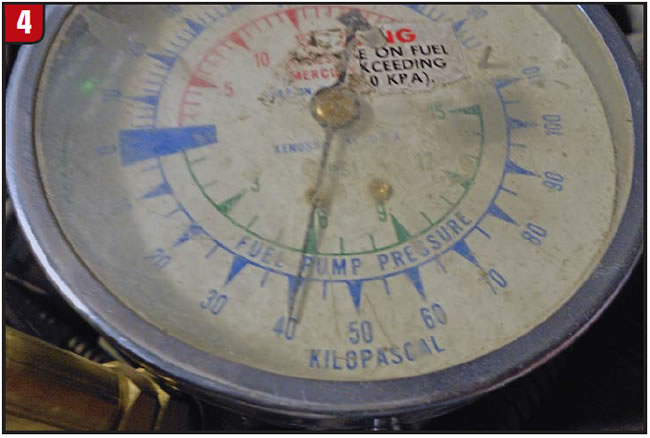
After removing the lead pipe and converter, we could not see through the substrate, so we cut the converter from the pipe, revealing the restriction.
We felt confident this was the only restriction, because the substrate was intact. Sometimes when it is in chunks and rattling around inside its shell, I wonder how many pieces end up downstream. After we installed the new converter, the Grand Prix ran as it was intended; I knew this customer would be happy!
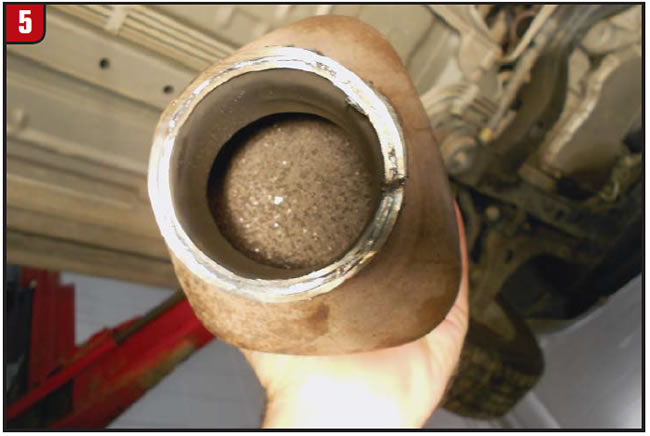
So, my customer had a great-running vehicle, and he was pleased that I did not listen to him when he asked me to swap the transmission. He was, however, faced with a bit of a dilemma: The salvage yard was going to charge him a 20% restocking fee to take the transaxle back, which was almost $200. I even talked to the counterman – whom I knew fairly well – and he refused to budge from his position. Jim asked whether the other shop could be liable for that fee, because they misdiagnosed the root cause. I told him that he should approach the other shop’s manager and explain the situation, show him what we had done and to ask for money to cover the restocking fee.
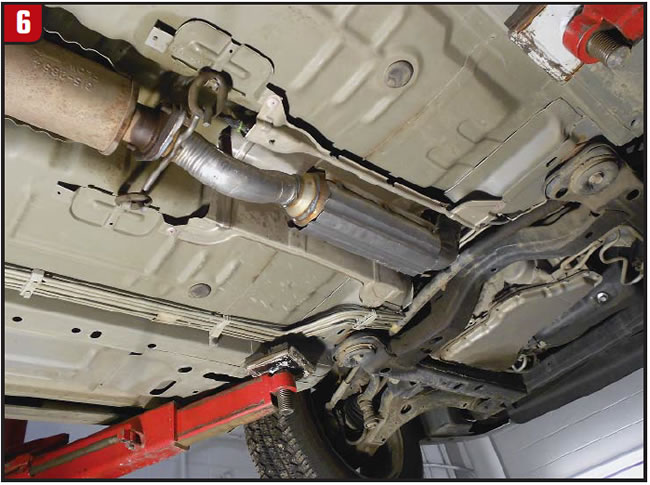
Jim did just that but the other shop would not kick in for the fee, stating that if he had left the vehicle at their shop they would have discovered the mistake in diagnosis and would have come to the same conclusion as we did. Since the amount was relatively small, he did not pursue any other channels.
I did make sure, however, to contact the other shop’s manager to tell him that maybe his technicians – or at least the one who diagnosed Jim’s GT – may need some training.

Brian Manley is a vocational automotive instructor for the Cherry Creek school district in Aurora, Colo. He is an ASE master certified automobile technician and a former member of the National Automotive Technicians Education Foundation (NATEF) board of trustees. He can be reached at manley_brian@ hotmail.com.
This copyrighted article is reprinted with the permission of AutoInc., the official publication of the Automotive Service Association (ASA). To learn more about ASA and its commitment to independent automotive-service and repair professionals, visit www.ASAshop.org or call 800-272-7467.













